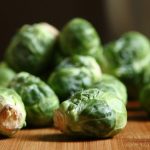We use cookies to make your experience better. To comply with the new e-Privacy directive, we need to ask for your consent to set the cookies. Learn more.
December Seasonal Table - Brussel Sprouts
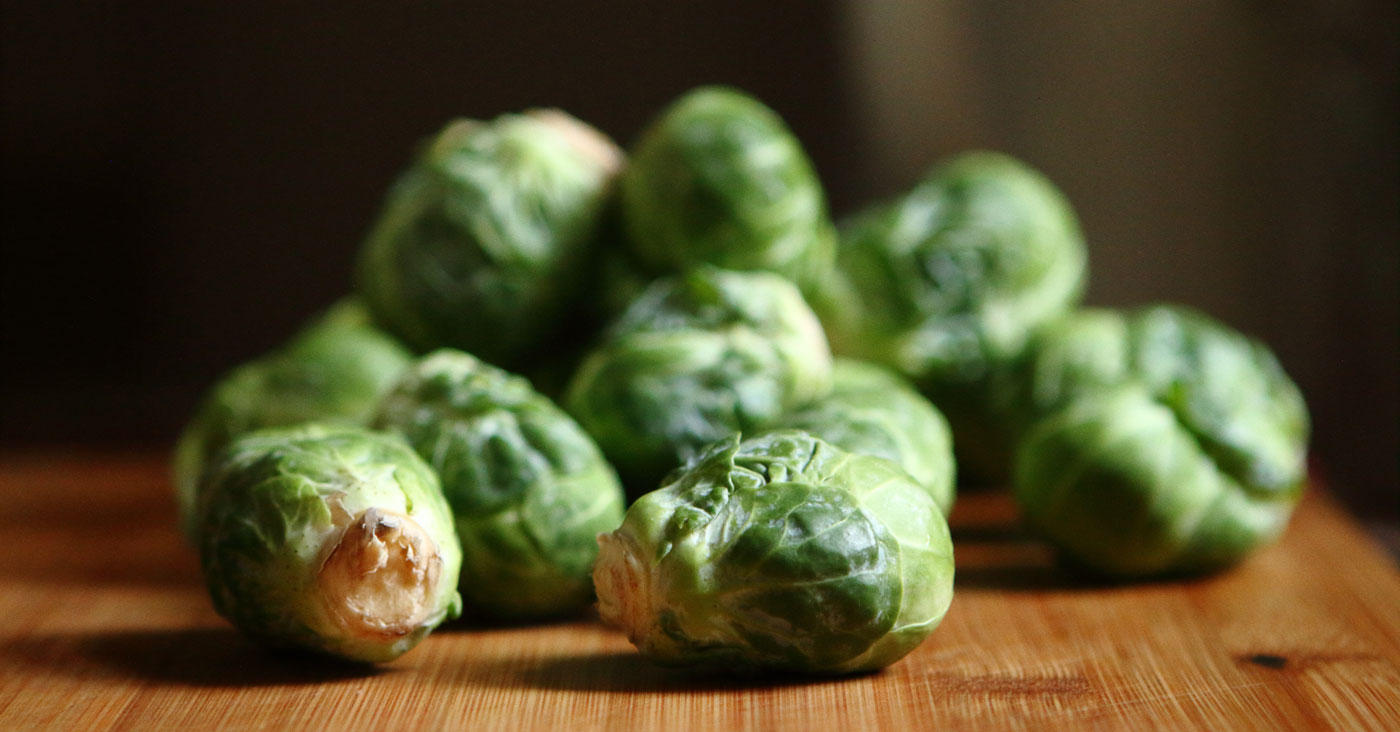 There are two types of people in the world – those that like sprouts and those that see sprouts as the vegetable that spoils Christmas. This is probably all down to cooking so perhaps I should have started by saying there are two types of cooks in the world – those that respect the sprout and those that boil it so long it transforms into a little fart bomb!
There are two types of people in the world – those that like sprouts and those that see sprouts as the vegetable that spoils Christmas. This is probably all down to cooking so perhaps I should have started by saying there are two types of cooks in the world – those that respect the sprout and those that boil it so long it transforms into a little fart bomb!
Why do sprout plants look so odd?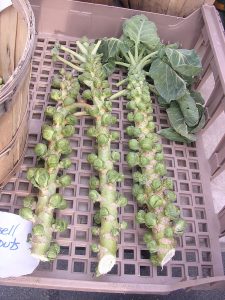
After the construction of the second wall of Brussels in the fourteenth century, market gardening developed outside the wall. Vegetable growing took off so much so that space was at a premium. It seems that around this time a new hybrid of cabbage - the famous Brussel Sprout - was introduced. Its vertical cultivation occupied less space and a legend was born!
How to Grow Sprouts
Sprouts belong to the cabbage or brassica family and are sown in a seed bed outdoors in May. They can also be sown with protection in February for an earlier crop that will harvest in August/September. Thin seedlings to 7.5cm apart to allow strong plants to develop.
Q. What is a seed bed?
A. A seed bed is a small area of land that’s used for sowing slow growing vegetables such as cabbage, purple sprouting broccoli, kale, leeks etc, directly into the soil before moving them on to their final growing positions. It doesn’t need to be very big – about a metre square is sufficient. It should be in an open, sunny position to give the seedlings a good start.
The soil should be well prepared – light, well-drained, free of weeds and stones. Check the pH – neutral is best between 6.5 and 7. Get a nice fine tilth (surface) on the bed by raking over it several times before you sow your seed. This will also help to get rid of weeds. Sow the seeds in drills about 15cms apart, then thin the young seedlings to about 7/10cms apart so they will develop well. Before moving the young plants to their final position water both the seed bed and the soil into which the plants will move to.
From June onwards, when the sprout plants are 10-15cm high and have several true leaves, transplant to their final positions, leaving 60cm between plants and 75cm between rows. Water well. Choose a sheltered, sunny site, protected from strong winds. Keep in mind your crop rotation and be sure to move brassicas about every year leaving four years between plantings.
Any garden soil in full sun is suitable. Enrich the soil with well rotted manure or a general NPK fertilizer erring on the side of caution as winter brassicas grown in rich soil will not stand well over winter.
Pests and Diseases to watch for in Brussel Sprouts
Club root - Roots become swollen and distorted, and leaves become pale and yellow and wilt easily. Plants may die. Improve drainage and add lime to make soil more alkaline. Do not grow in affected soil and be sure to rotate you vegetables.
Birds - Unlike small children, birds love sprouts, especially pigeons. Plants can be decimated very quickly. Covering plants with net or agricultural fleece is the best remedy.
Cabbage Root Fly - Adult cabbage root flies resemble house flies. The larvae are white, legless and headless maggots about 5cm long that feed on brassica roots just below the soil surface, stunting growth and causing plants to wilt and die. White maggots, up to 9mm long, tunnel into the edible parts of the roots. Make sure that the soil around the stalk is pressed down very firmly when planting. Covering plants with insect proof netting will reduce damage by excluding the adult flies.
Caterpillars - Caterpillars will feed on brassicas, the most common are those of cabbage white butterflies. You will usually see the caterpillars, if not, you will see the holes they make in the leaves. In mild attacks, or if you have only a few plants, you may be able to pick the caterpillars off (children are very good at this). Netting can keep off butterflies and also birds.
Harvesting Sprouts
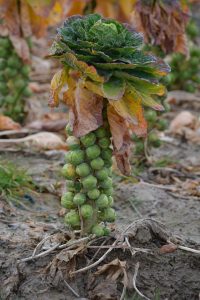
Early varieties can be harvested from September and depending on variety will crop throughout the winter. The flavour of sprouts improves with frost. Start with the lowest sprouts on the stem. They should be tightly closed, firm and the size of a walnut. Snap them off with a sharp downward tug. At the end of the season the sprout tops can also be harvested and eaten.
Cooking Brussel Sprouts
Wash and trim spouts before cooking. Making sure that all your spouts are roughly the same size will ensure the best results. Some people put a cross on the bottom but there is no need - just watch the cooking time whichever method you chose. Ten minutes is often enough - check as they are cooking to ensure crisp sprouts that will be eaten. Bear in mind that sprouts will carry on cooking after they have been removed from the heat. Overcooking will render sprouts watery and soft, and they then develop a strong flavour and odour that some dislike. Overcooking sprouts makes them smell like rotten eggs due to the high levels of sulforaphane they contain.
Sauteed sprouts
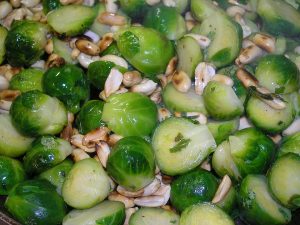
This is an excellent way to enjoy Brussels sprouts. Cooking them in a large flat pan just doesn't seem to break down the compounds in the sprouts the same way that boiling, steaming or braising does.
Prepare your sprouts then using a pan big enough to hold the sprouts in a single layer, heat some olive oil. Add the sprouts to the hot oil stirring all the while to coat the sprouts. Cook the sprouts until they're browned, but not burnt, stirring every so often. It'll take 10 to 15 minutes to cook them. Season with a bit of salt and pepper, and they're ready to serve.
Sauteed sprouts can very easily be customised. Try frying garlic and finely chopped onions or mushrooms with them - or any other chopped vegetable. Bacon or Tempeh can also be fried in there with the sprouts. Serving with a covering of grated cheese also raises the dish to a whole new level.

